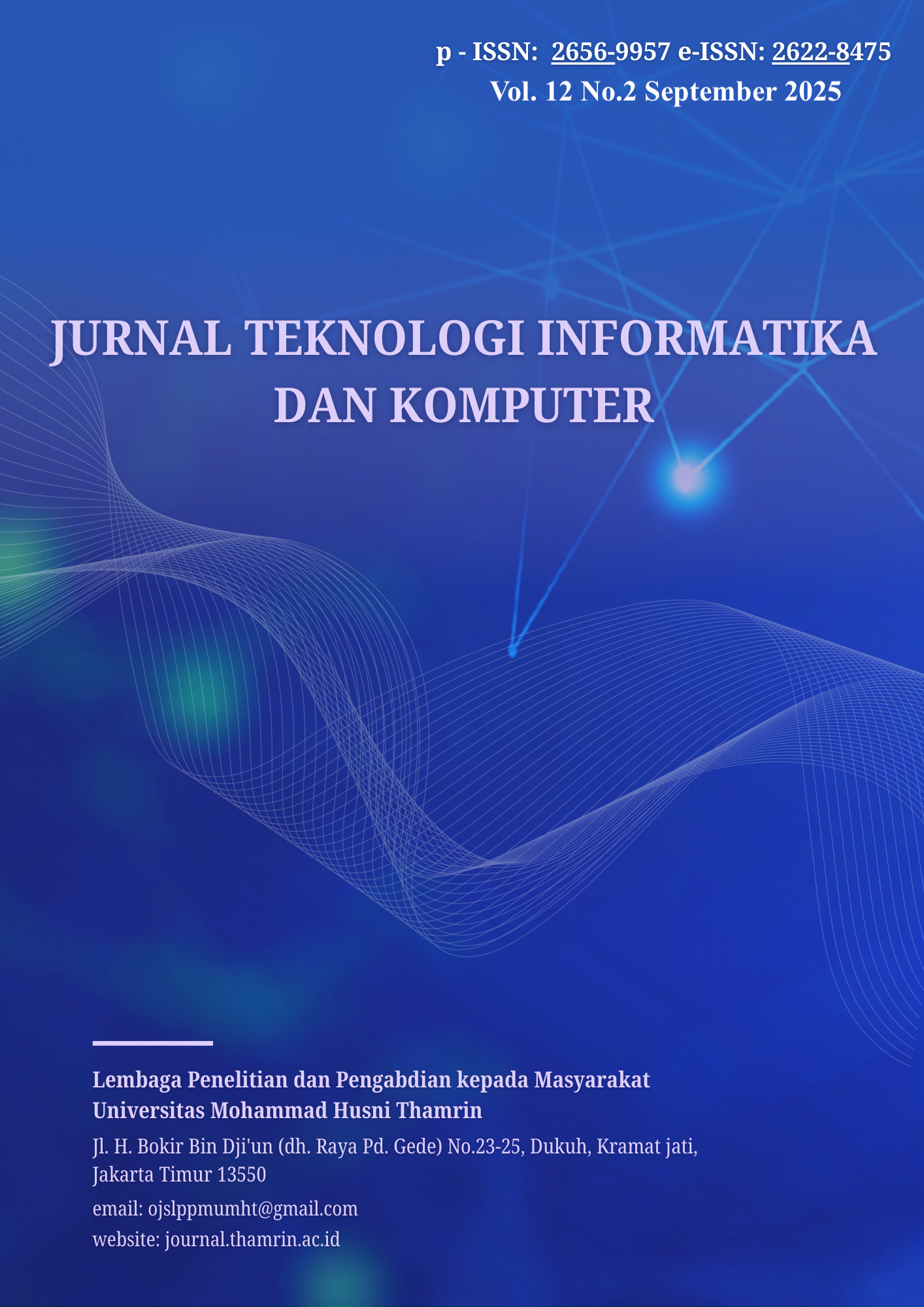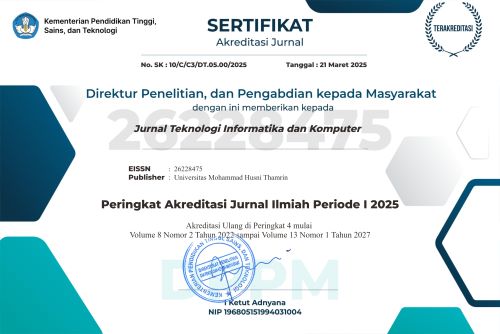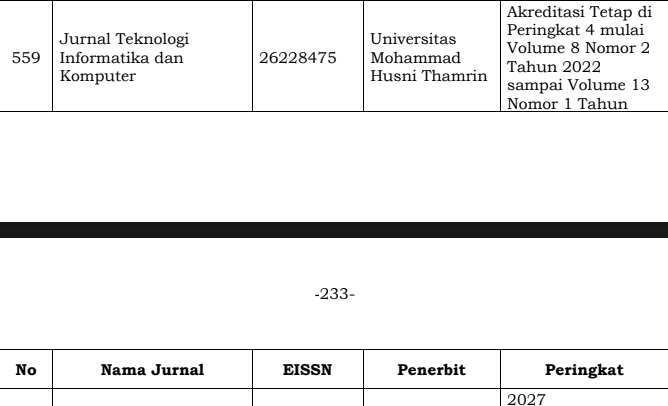Design of an Exam Cheating Detection System Application Based on Machine Learning with the Computer Vision Method
DOI:
https://doi.org/10.37012/jtik.v11i2.2704Abstract
Exam cheating is a persistent problem facing educational institutions worldwide. This cheating not only harms honest students but also undermines the integrity of the education system. In today's digital age, various forms of cheating are increasingly difficult to detect using manual proctoring methods. For example, test takers can use hidden technological devices or engage in non-verbal communication that is difficult for human proctors to detect. This suggests that traditional proctoring is less effective in addressing increasingly sophisticated cheating. Abstract Exam cheating is a serious problem that can compromise the integrity of the education system. Manual proctoring is often ineffective in identifying suspicious behavior that occurs during exams. This study aims to design and develop a machine learning-based exam cheating detection system with computer vision methods. This system uses facial recognition technology, motion tracking, and object detection to identify suspicious activities such as the use of prohibited devices or unusual movements automatically and in real-time. The method used involves a Convolutional Neural Network (CNN) algorithm for participant face verification, pose estimation for motion analysis, and You Only Look Once (YOLO) for object detection. The results of this system development show that the system can improve efficiency and accuracy in detecting cheating behavior, as well as reduce reliance on manual proctoring.
Downloads
Published
Issue
Section
Citation Check
License
Copyright (c) 2025 Andra Putra Hendrawan, Esti Wijayanti, Ahmad Abdul Chamid

This work is licensed under a Creative Commons Attribution 4.0 International License.
Jurnal Teknologi Informatika dan Komputer allows readers to read, download, copy, distribute, print, search, or link to the full texts of its articles and allow readers to use them for any other lawful purpose. The journal allows the author(s) to hold the copyright without restrictions. Finally, the journal allows the author(s) to retain publishing rights without restrictions Authors are allowed to archive their submitted article in an open access repository Authors are allowed to archive the final published article in an open access repository with an acknowledgment of its initial publication in this journal.

Jurnal Teknlogi Informatika dan Komputer is licensed under a Creative Commons Attribution 4.0 International License.












